Country Region Midi-Pyrenees | Area 23,297 Mayor Alain Barres | |
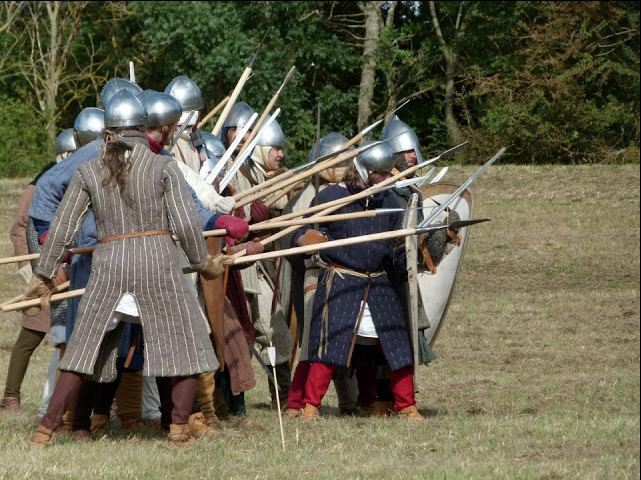 | ||
Map of Muret
Muret ([my.ʁɛ]; in Gascon Occitan Murèth) is a commune in the Haute-Garonne department, of which it is a subprefecture, in the Occitanie region of southwestern France. Its inhabitants are called Muretains.
Contents
- Map of Muret
- An evening in beautiful muret france
- Aks league topkart muret
- Geography
- Localities and hamlets
- Geology and relief
- Transport
- Hydrography
- Climate
- Prehistory and antiquity
- Middle Ages
- Political trends and outcomes
- Judicial and administrative proceedings
- International relations
- Demography
- Economy
- Industry
- Services
- Infrastructure
- Personalities linked to the commune
- Historic monuments
- Other monuments and sites
- Public service
- Health
- Education
- Culture
- Sports
- Catholic
- Protestant
- Muslim
- Ecology and recycling
- Kenmore live studio an evening with godiva chocolatier chocolate cake cocktail recipes and more
- References
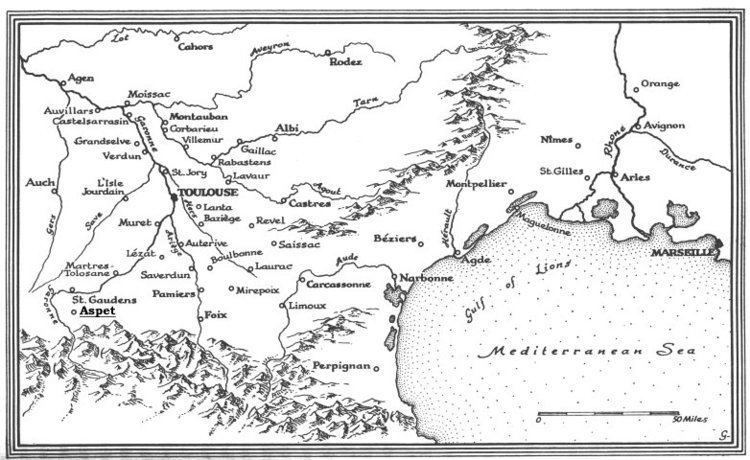
It is an outer suburb of the city of Toulouse, even though it does not belong to Toulouse Métropole, which it has declined to join. It lies southwest of Toulouse and is the largest component of the intercommunality of Muretain.
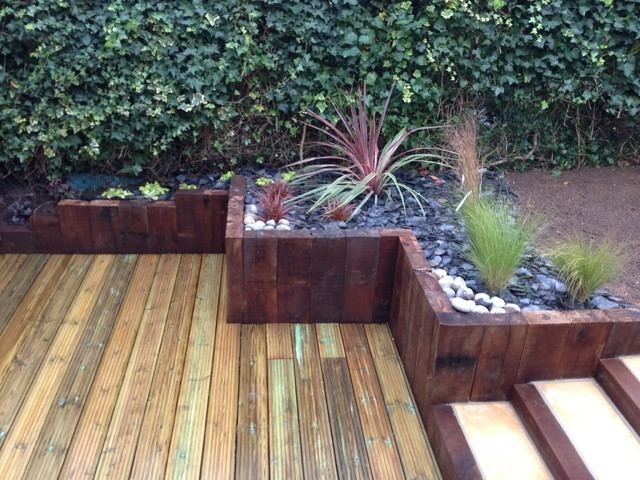
Muret is generally known for the Battle of Muret (1213) and as the birthplace of Clément Ader (1841-1925), inventor and aviation pioneer. It is also the birthplace of the Niel family from which Adolphe Niel, Marshal of France and Minister of War, was derived.
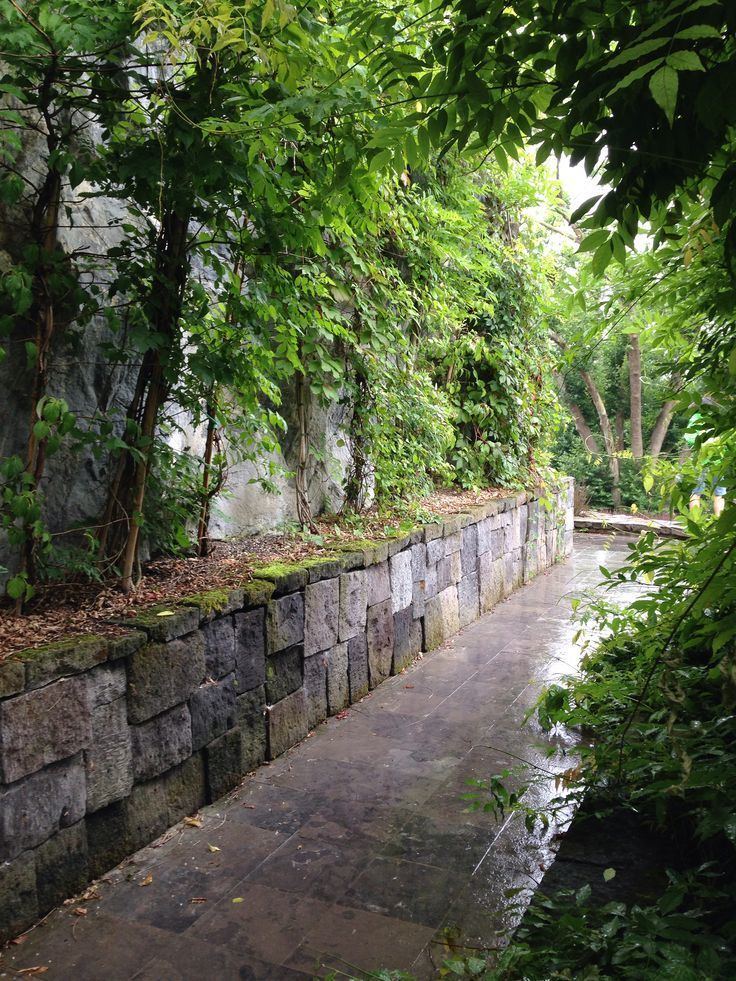
An evening in beautiful muret france
Aks league topkart muret
Geography
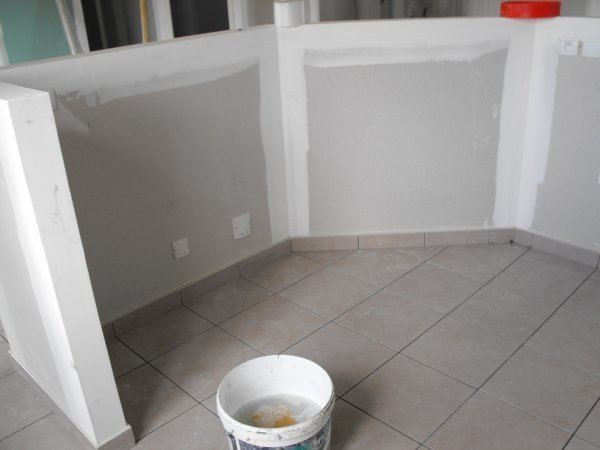
A floral town (two flowers) located in the urban area of Toulouse and the Toulouse urban unit, 22 kilometres (14 mi) south of Toulouse. It is equidistant from the Mediterranean and the Atlantic, on the Garonne Toulouse plain.
Localities and hamlets
Ox, Estantens, Cupidou.
Geology and relief
The commune is established on the first terrace of the Garonne on its left bank. Its right bank is overhung by a steep slope which deeply cut the molasse of the Tertiary era. It has an area of 5,784 hectares (14,290 acres) and an altitude ranging from 152 to 305 metres (499 to 1,001 ft).
Transport
Hydrography
Muret is located on the Garonne river at its confluence with the Louge, which flows northeast through the commune. The Garonne flows north through the commune and forms part of its northern border. The Ousseau tributary of the Touch is also in the commune, and the Canal de Saint-Martory.
Climate
Muret has an oceanic temperate climate, with Mediterranean and continental influences, characterised by a hot, dry summer, mild winter and a spring marked by heavy rains and severe thunderstorms. The prevailing winds are, in order of importance, the west wind (usually bringing moisture from the Atlantic Ocean), the southeast wind (also called the Vent d'autan, a rather hot, dry wind) and the north, which is much less frequent and generally a cold and dry wind (bringing air from cold anticyclonic masses in Northern Europe).
Muret has averaged 24 days of extreme heat and 33 days of frost per year. The rainiest months are April, May and June. The normal minimum temperatures occur in January with average 5 °C (41 °F), and the maximum normal temperatures in August with 23 °C (73 °F).
Prehistory and antiquity
Various discoveries by local archaeologists has led to the thinking that the territory of Muret was populated as early as the Neolithic period: A hut foundation dating from 4000 BC has been unearthed to the north of the town. Different objects in the Chalcolithic, around 3,000 to 2,500 BC; then the Bronze Age from 1,700 BC indicate the permanence of the population here. A series of Gallo-Roman brick kilns dating back to the 1st century AD is located along the right bank of the Garonne. A villa occupied the site of the current town centre; surrounded by protective walls it was given the name of Murellum, which became Murel, and then Muret in the Middle Ages.
Middle Ages
On 12 September 1213 the Battle of Muret took place between Simon de Montfort and a coalition force under the control of Count Raymond of Toulouse, and King Peter II of Aragon. Muret entered history. That day, the battle changed the horizons of both sides of the Pyreneean border and saw the fate of Occitania decided. In an era where feudal entities (including the Count of Toulouse and his allies) still believed that they were able to play a role in the control of the southern areas on both slopes of the Pyrenees, the lords of the north of France, who spearheaded the Albigensian Crusade, attempted to impose themselves upon the south and eliminate Catharism.
De Montfort had been fighting Albigensian heretics during the Albigensian Crusade, when he was besieged by the vastly superior coalition army. Refusing to surrender or be starved into submission, de Montfort went on the offensive. Leading his knights out of the town, he proceeded to position them in a wide arc, then fell upon the Toulouse cavalry with a noise like a whole forest going down under the axe. Next to fall before the Crusader army was the Aragonian cavalry, where King Peter himself fell to the sword. After this, all that was left was to scatter the remaining cavalry defending the coalition camp before turning on the infantry that had been besieging Muret's walls. Despite their overwhelming advantage in numbers,the coalition army numbering almost 34,000 men was destroyed by de Montfort's army of only 2,100. The siege of Muret was lifted.
7,000-20,000 coalition troops were killed compared to a handful of casualties for de Monfort's army.
So it was at Muret, on 12 September 1213, where King Peter II of Aragon who came to reinforce the local Occitan forces, lost his life. This defeat of the Occitano-Aragonese troops heralded the annexation of the Languedoc to the Crown of France and the end of Catharism.
Political trends and outcomes
The commune is part of the Sixth district of the Haute-Garonne.
Judicial and administrative proceedings
The capable courts for the commune of Muret are the Court of Muret, the High Court of Toulouse, the Court of Appeal, the Cour d'appel de Toulouse, Toulouse juvenile court, the Industrial Tribunal of Toulouse, the Commercial Court of Toulouse, the Administrative Court of Toulouse and the Administrative Court of Appeal of Bordeaux.
International relations
Muret is twinned with:
Demography
In 2012, the commune had 24,492 inhabitants. The evolution of the number of inhabitants is known through the population censuses carried out in the town since 1793. From the 21st century, the communes with more than 10,000 inhabitants have a census take place every year as a result of a sample survey, unlike the other communes which have a real census every five years.
Economy
Muret is a true centrality in the area of life and activity of the Muretain, near Toulouse. Its stable economic fabric is composed primarily of small and medium-sized enterprises and industries, covering many sectors of activities. The economic development jurisdiction is exercised by the Agglomération Community of Muretain, which develops and consolidates the local economic fabric, and helps the creation of enterprises for the benefit of employment.
Muret has important reserves mainly located on the areas of activities of the territory.
Muret Gateway: 20 hectares (49 acres) located north of the town, at the junction of the A64 exit.
Industry
Services
Infrastructure
Personalities linked to the commune
Historic monuments
The list of historic monuments of Haute-Garonne, organised by commune.
Other monuments and sites
Public service
Muret has a subprefecture, departmental fire and rescue service, a gendarmerie, a post office, tax office, a retirement home, a DDE centre assigned to the A64 autoroute and a tourist office.
Health
The commune has a hospital (geriatrics, disabled), a versatile clinic with (MRI and medical radiology), a communal social action centre, a retirement home, a day hospital, laboratories for medical analyses, ambulance services, nurses, midwives, general practitioners, rehabilitation professionals, pedicurists-podiatrists and dentists.
Education
Education is provided at the commune of Muret's creche, passing through nursery school, elementary school and collège until the lycée [high school]] and technical school all being complemented by the municipal library and outdoor centre. The city is also home to a branch of the National School of civil aviation.
Culture
Muret has multiple cultural facilities, including:
Sports
Muret offers more than 100 sport and leisure events per year. Its facilities are many and varied: Gymnasiums, tennis courts, recreation area with a fitness trail, two landscaped lakes, international karting, an aerodrome, a canoeing facility, three bowling facilities, a skate park, two shooting ranges, a velodrome, a riding club and the Aqualudia, the Muretain swimming centre with its six indoor and outdoor pools.
Muret has more than 50 sporting associations, including:
Muret will also host the departure for Stage 13 of cycling's 2015 Tour de France on 17 July, with a 198.5 kilometres (123.3 mi) route to Rodez.
Catholic
The town is part of the pastoral sector of Muret, which includes the parishes of Saint-Jacques, Saint-Jean, and the parishes of the villages: Estantens, Ox, Le Fauga, Eaunes and Saint-Hilaire. Father Joseph Coltro is the senior priest of this pastoral area.
Protestant
The cultural association of the Evangelical Church in Muret occupies premises located at 12 Chemin de la Pyramide, inaugurated in November 2012 after a year of work. The pastor is Bernard Gisquet.
Muslim
The Association of Franco-Muslim culture and worship of Muret (AFMCCM) acquired the premises of a former locksmith, Rue Marclan, in an industrial area north of Muret, in 2000, for the founding of the mosque of Muret.
Ecology and recycling
Collection and treatment of household waste and assimilated waste as well as protection and the development of the environment are part of the agglomeration community of the Muretain.
There is a recycling centre in the commune.
